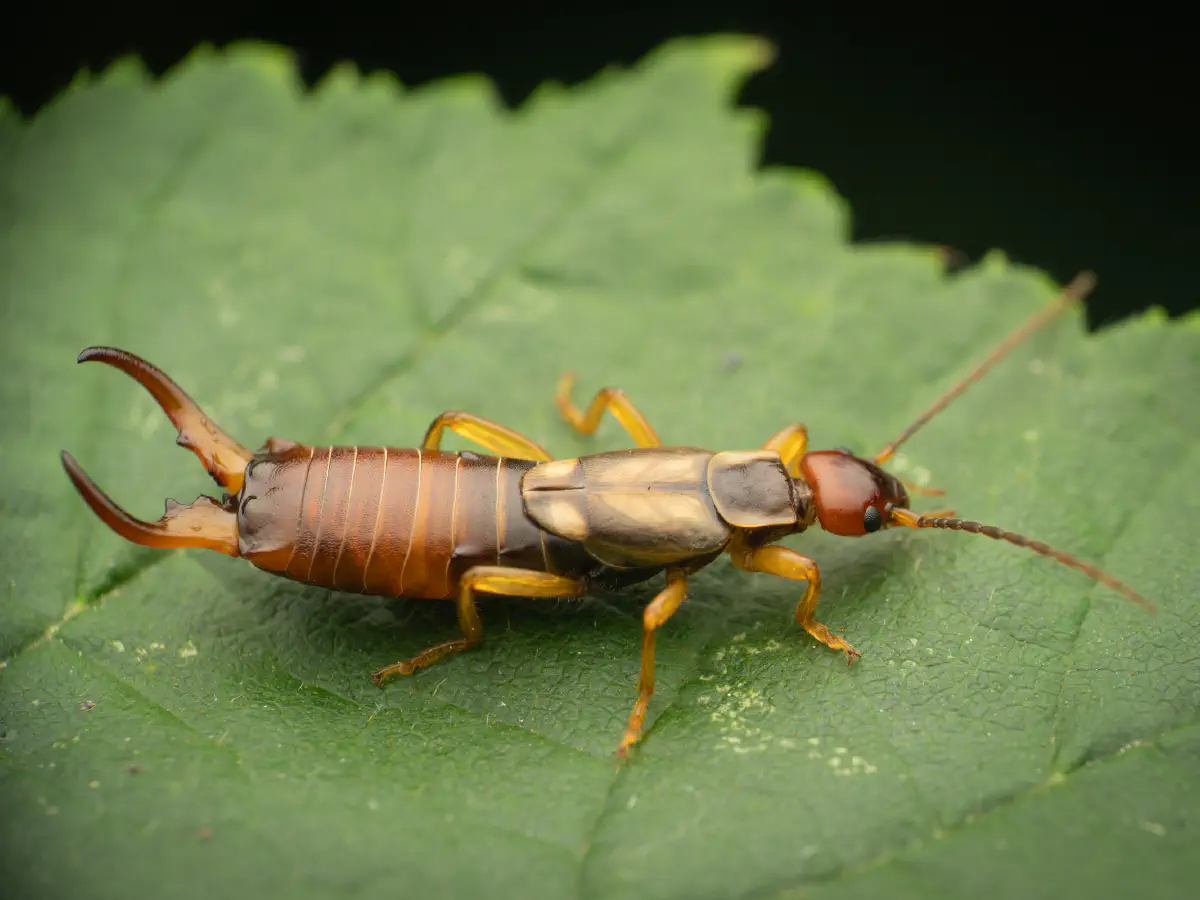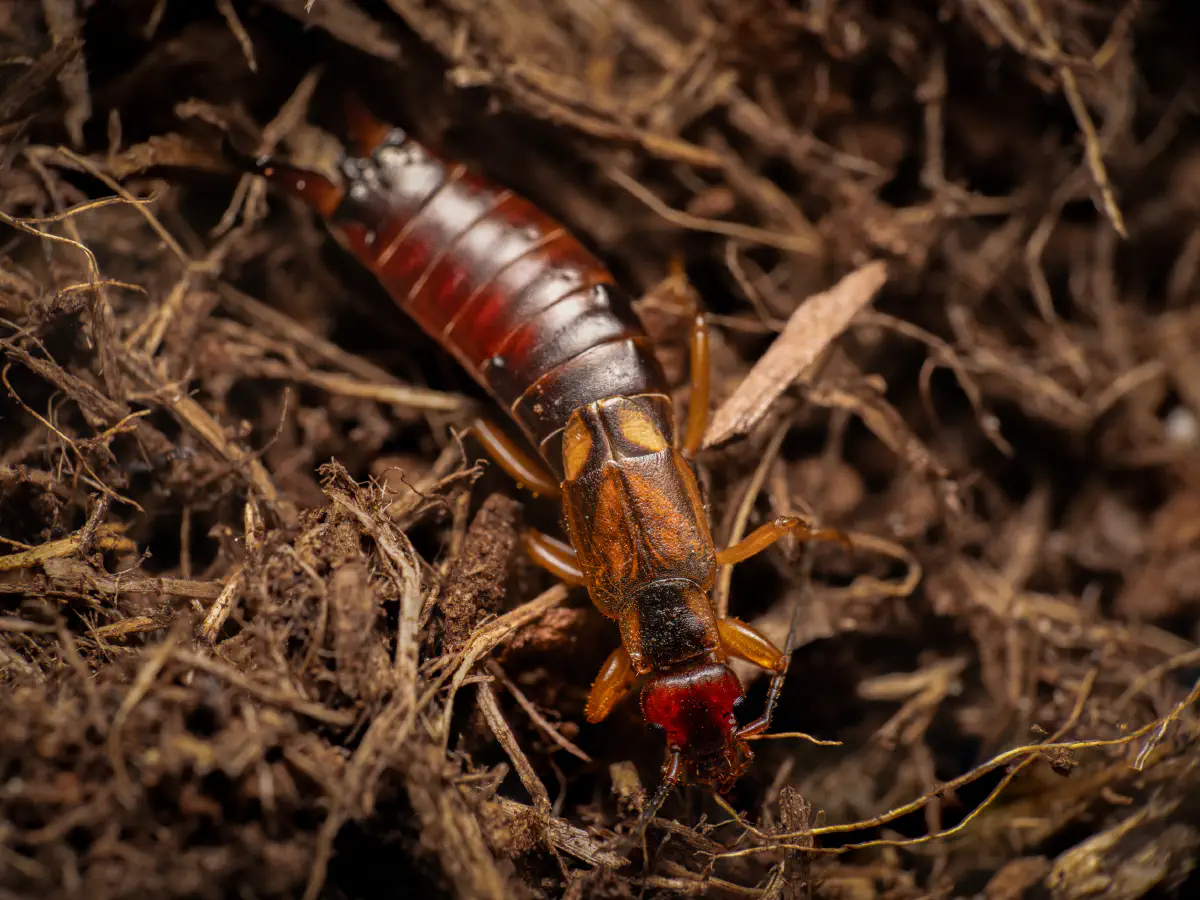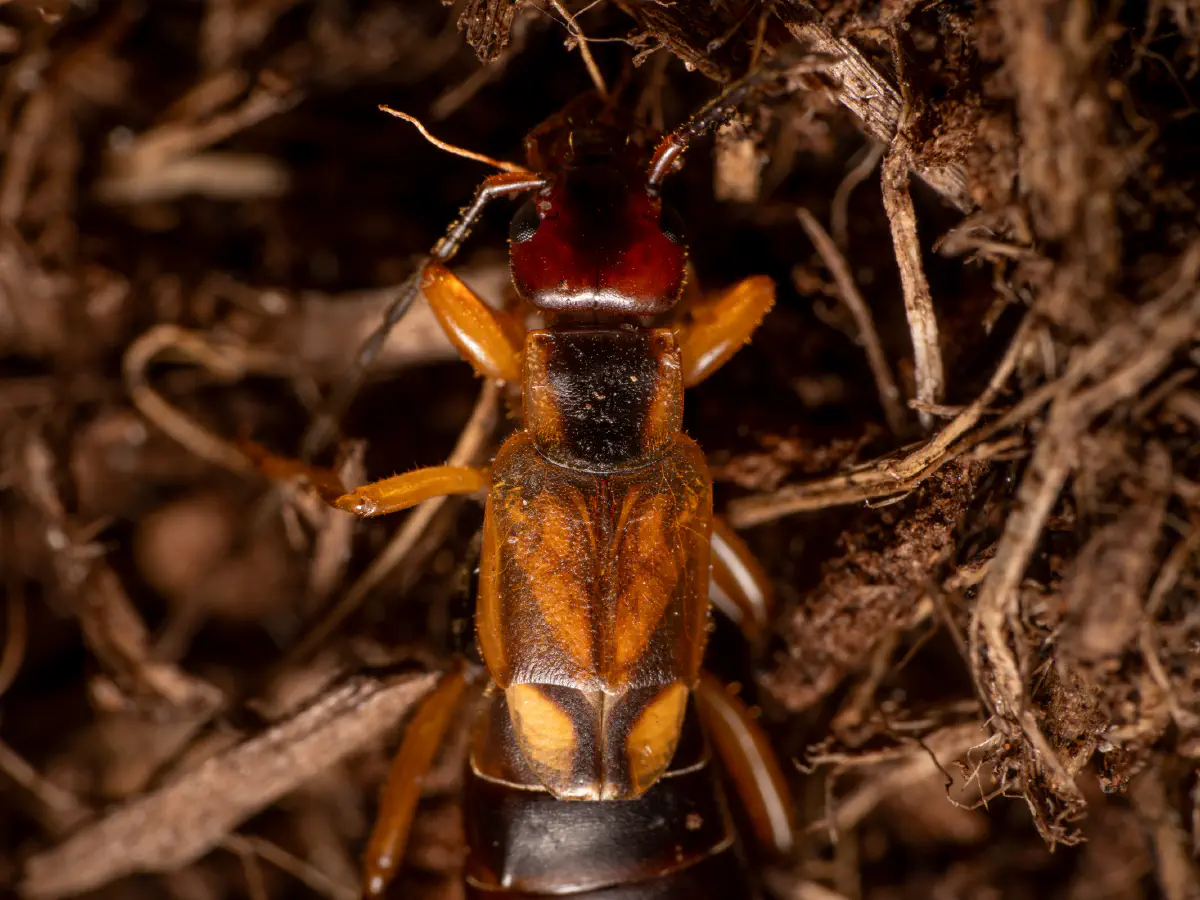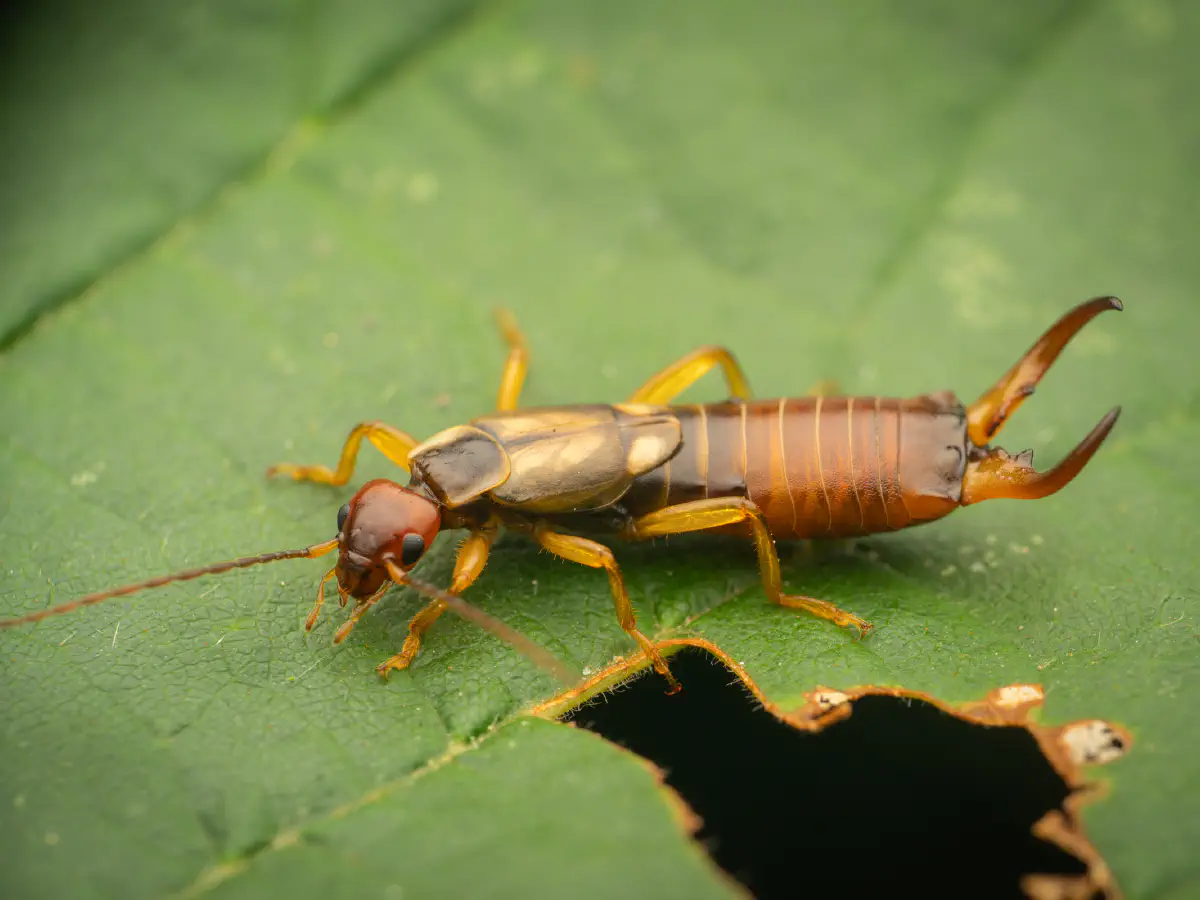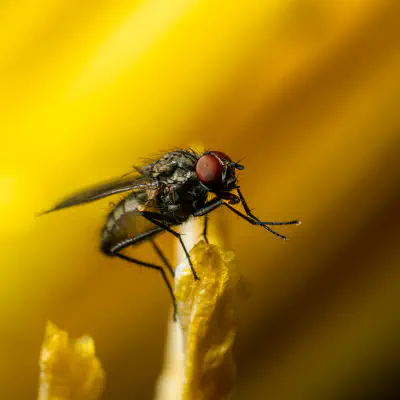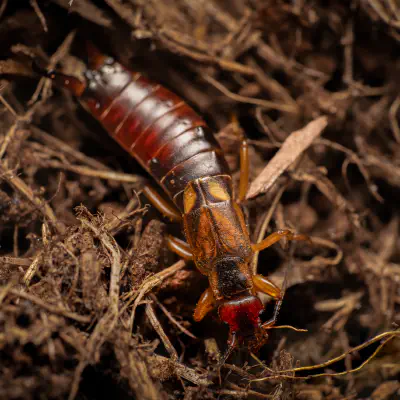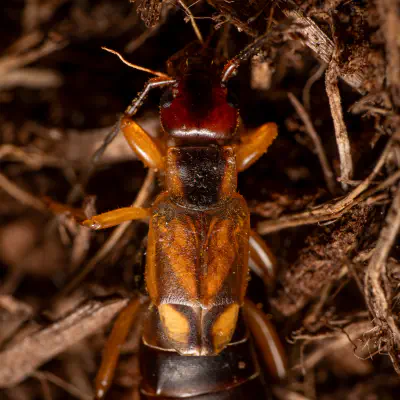Control of Forficula auricularia has been attempted using some of its natural enemies, including the parasitoid fly Bigonicheta spinipenni, the fungi Erynia forficulae and Metarhizium anisopliae, as well as many species of birds. Forficula auricularia are host to the nematode Mermis nigrescens which have the ability to manipulate their hosts to seek water. The tachinid flies Triarthria setipennis (Fallen) and Ocytata pallipes have been introduced in North America to control Forficula auricularia in the 1920s.
Insecticides
have also been successfully implemented, although commercial products are rarely targeted specifically towards earwigs. Multipurpose insecticides for control of earwigs, grasshoppers, sowbugs and other insects are more common. Diazinon, an organophosphate insecticide, has been known to continue killing Forficula auricularia up to 17 days after initial spraying.
Humans have, however, found beneficial uses of Forficula auricularia in the pest management of other insects. The European common earwig is an omnivore and is also referred to as
a generalist predator or scavenger meaning they have many different forms of prey and will feed on whichever prey species is most available. The European earwig is a natural predator of a number of other agricultural pests, including the pear psyllid and several aphid species, and in this regard has been used to control outbreaks of such organisms. The common earwig is an important predator of many different orchard/ crop pests such as the wooly
apple aphid (Eriosoma lanigerum) which is one of the most problematic pests in apple orchards. Research has repeatedly shown that low numbers of common earwigs are associated with wooly apple aphid infestations whereas high numbers of common earwigs lead to decreased aphid populations in orchards so much so that farmers sometimes do not even need to use chemicals or pesticides. Therefore, despite their potential adverse effects on some crops, European common earwigs play a crucial
role in managing wooly aphid apple populations in apple orchards. Damage to crops by Forficula auricularia is limited as long as there are high population levels of their insect prey.
